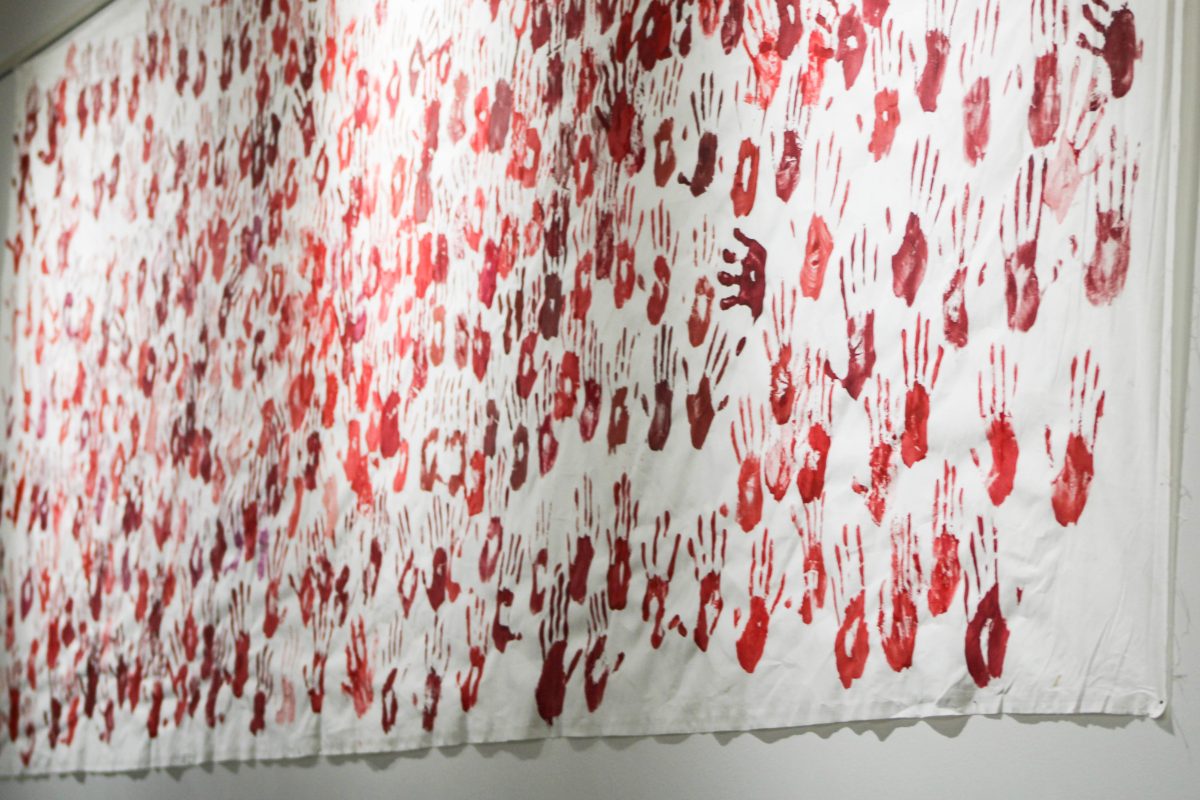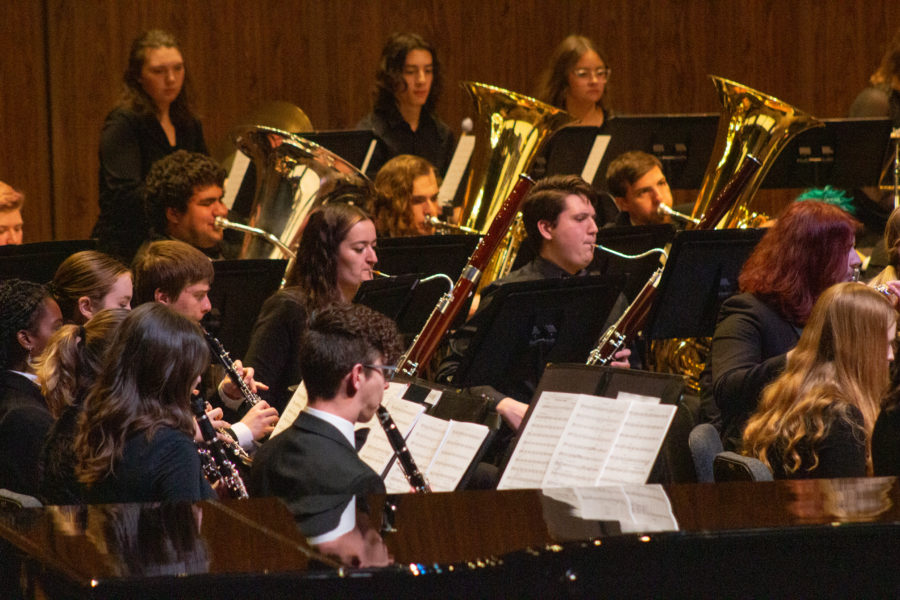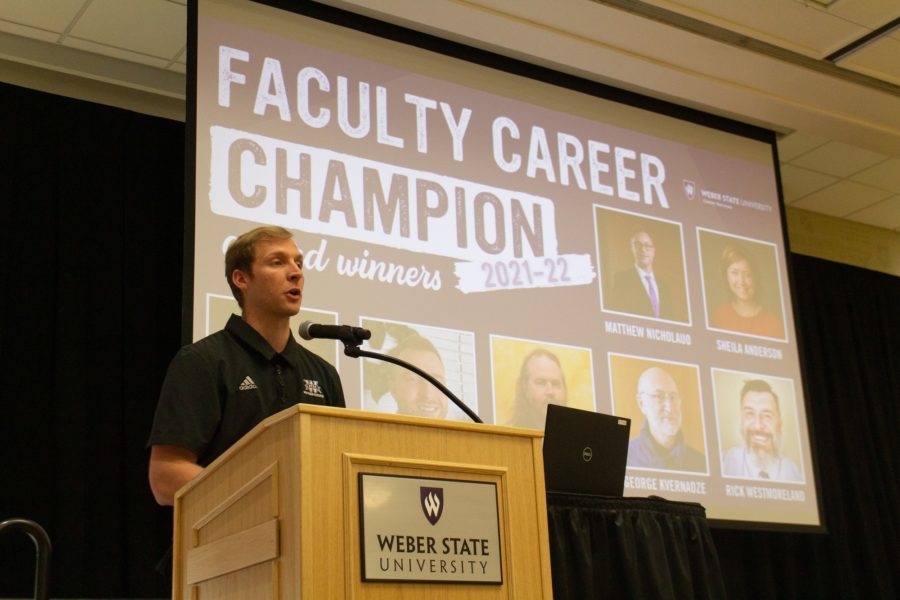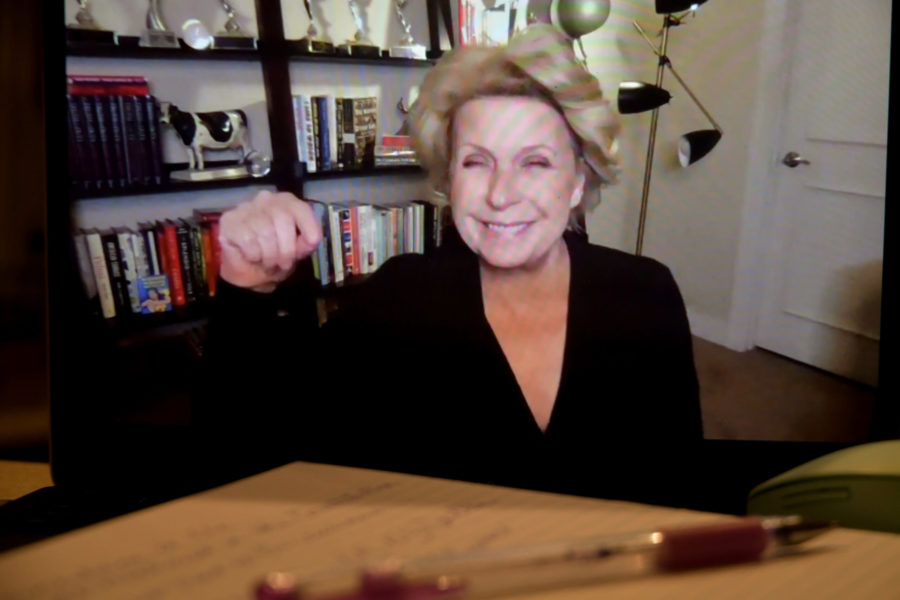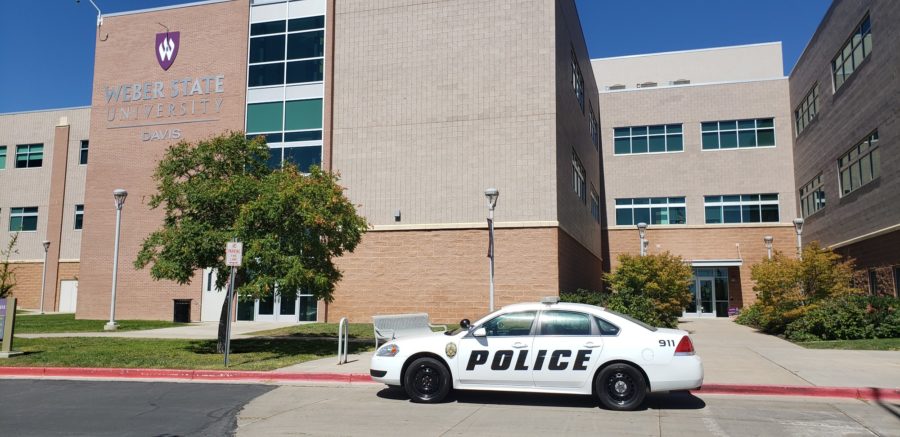The 13th Annual Diversity Conference was held on Friday at Weber State University in the Shepherd Union Building, with the theme “Unpacking the Knapsack of Invisible (and Not So Invisible) Disabilities.”
Linda Mona, a Ph.D. clinical pyschologist, spoke in many different breakout sessions, which occurred from 9:30 a.m. to 12:30 p.m.
Forrest Crawford, an assistant to the president for diversity, made an introduction for this year’s diversity movement. He said the theme was about how some citizens or students are frequently marginalized. He added his thanks to all of the sponsors who contributed to this 13th annual event, including Student Support Services and academic department division leaders.
Maria Parrilla, professor of psychology, came up to introduce Mona.
“Here at Weber State, we believe that difference is something that is important, something that does not need to defy us, but rather unify us, and that strengthens us as people,” she said before the interview. “That’s why we have these Diversity Conferences, to be sure people are aware of each other and to see the strengths they bring in. For years, persons with disabilities have had to fight to have others recognize that they perhaps have people with different abilities, to look beyond what we have socially identified for ourselves, as we have socially constructed what they aren’t able to do.”
Continuing the address, Mona advocated for sexual rights and sexual expression of people with disabilities. In this keynote address, she advocated for rights of disabled persons, giving a brief message of what disability means and how people should address others who have disabilities.
Her slideshow presentation, “Disability Identity and Culture: The Missing Discourse in Diversity Dialogues,” focused on the definition of disability, multiculturalism and diversity, meaning stereotypes, independent versus dependent, ADA and disabilities being a cultured group.
Mona herself is disabled due to an artery condition. Despite this condition, she said, she is a happy working mother for her sons and husband.
“When I describe myself, I describe myself as a disabled woman,” Mona said.
Mona described how disabled people often get stereotyped.
“The stereotypes we hear when it comes to disabilities are ‘dependent on others, limits their lifestyles, lack intelligence, less capable and they don’t have sex,’” Mona said.
She also said people shouldn’t stereotype, and when they do, they should take it back right away.
According to Mona, when children ask why a disabled person looks the way they do, parents should answer this way: “We look different. My body looks this way. Your body looks this way. Wouldn’t it be boring if we all looked the same?” She encouraged this response rather than saying, “We don’t talk about that!”
She told members of the audience, if they are disabled, to not be afraid to say they don’t understand something or need help opening the door. Those who aren’t, she said, should avoid staring, insults, micro-aggressions and third-party interactions.




